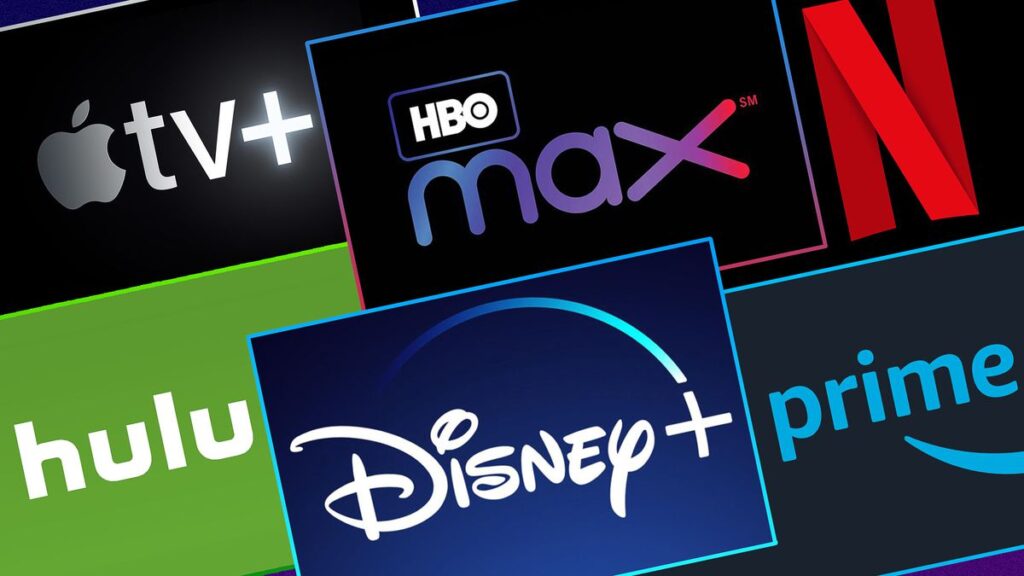According to a recent study, streaming services are expected to have a record high market share in 2022. The study, conducted by Ampere Analysis, predicts that the number of people using streaming services will reach 1.6 billion by 2022. This is up from 1.3 billion in 2020.
The study also found that the average person spends $16 per month on streaming services. This is up from $13 per month in 2020. The increase is due to the introduction of new services such as Disney+, Apple TV+, and HBO Max
The study concludes that the streaming market is “saturated but growing.” This means that there are more choices for consumers, but the overall market is still growing.
What does this mean for telecom companies?
The increase in streaming services is bad news for telecom companies. This is because people are spending less money on traditional cable TV packages. In fact, the number of people who pay for cable TV is expected to decline from 1.1 billion in 2020 to 930 million by 2022.
This decline is due to the fact that people are “cutting the cord” and canceling their cable TV subscriptions. Instead, they are opting for cheaper streaming services such as Netflix and Hulu and even slightly more expensive live streaming options such as Youtube TV.

What can telecom companies do?
In order to compete with streaming services, telecom companies need to offer their own versions of these services. For example, Comcast offers Xfinity Flex, which is a streaming service that includes access to popular apps such as Netflix and Hulu. AT&T offers a similar service called AT&T WatchTV. Some independent telecom providers are leveraging their own streaming services and pairing them with managed hardware and fiber internet to offer a legitimate alternative to traditional cable.
These services are more affordable than traditional cable TV packages and include access to popular streaming apps. This gives telecom companies a way to compete with streaming services while still offering their customers a way to watch TV.
The increase in streaming services is bad news for telecom companies. This is because people are spending less money on traditional cable TV packages. In order to compete with streaming services, telecom companies need to offer their own versions of these services. This also adds to the importance of high speed internet which we may see make a greater impact on the war of copper vs fiber. With symmetrical speed internet and inhouse versions of baseline streaming applications, telecom companies should be able to eat into that market share.

